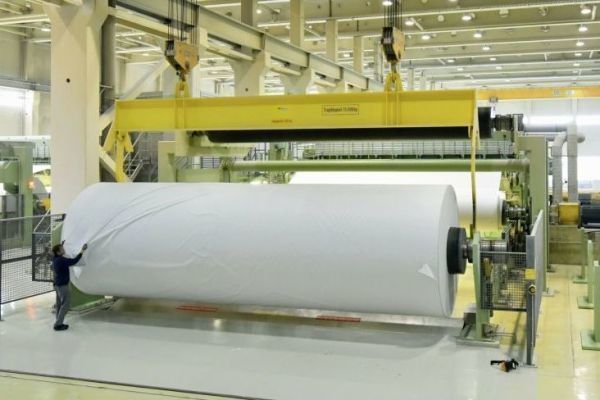An unfavorable economic environment accentuates the decline in production
In 2023, the European pulp and paper industry went through a period of severe turbulence, marked by a significant drop in demand for paper and board. According to the Confederation of the European Paper Industry (CEPI), paper and board production fell by 12.8%, marking the second consecutive year of decline. This decline was more pronounced than that observed during the Covid-19 crisis, when production fell by 4.7% in 2020. Several external factors are to blame, including a sluggish economic environment, persistently high energy costs and massive destocking.
Impact varies by segment
The fall in demand did not affect all segments equally. Graphic paper, including printing and writing papers, has suffered particularly badly, with a 27.5% drop in consumption compared to 2022. This trend can be explained by the increasing shift to digital printing and the effects of destocking by printing plants. However, the book sub-segment has shown a certain resilience in this difficult context.
Packaging, a traditionally strong sector in decline
The packaging sector, usually a growth driver, was also hit by the drop in demand. Production of packaging paper and board fell by 12.2%, due to the slowdown in retail and e-commerce, which returned to pre-pandemic levels. This downturn also had an impact on recycled paper consumption, which fell by 7.3%.
Pulp production holding up better
In contrast to the general decline, European pulp production showed greater resilience, with a 7.5% decrease. This reduction was largely due to the closure of graphic paper mills, which also produced pulp. Nevertheless, market pulp production rose by 4.8% in 2023, boosted by sustained demand from China and production capacity operating at full capacity.
Faced with a particularly difficult 2023, the European pulp and paper industry is hoping for a rebound in 2024. However, the persistence of certain structural challenges, notably energy costs, suggests that recovery will be slow and uneven. Industry professionals will have to adapt to maintain their competitiveness and respond to the new dynamics of the global market.










